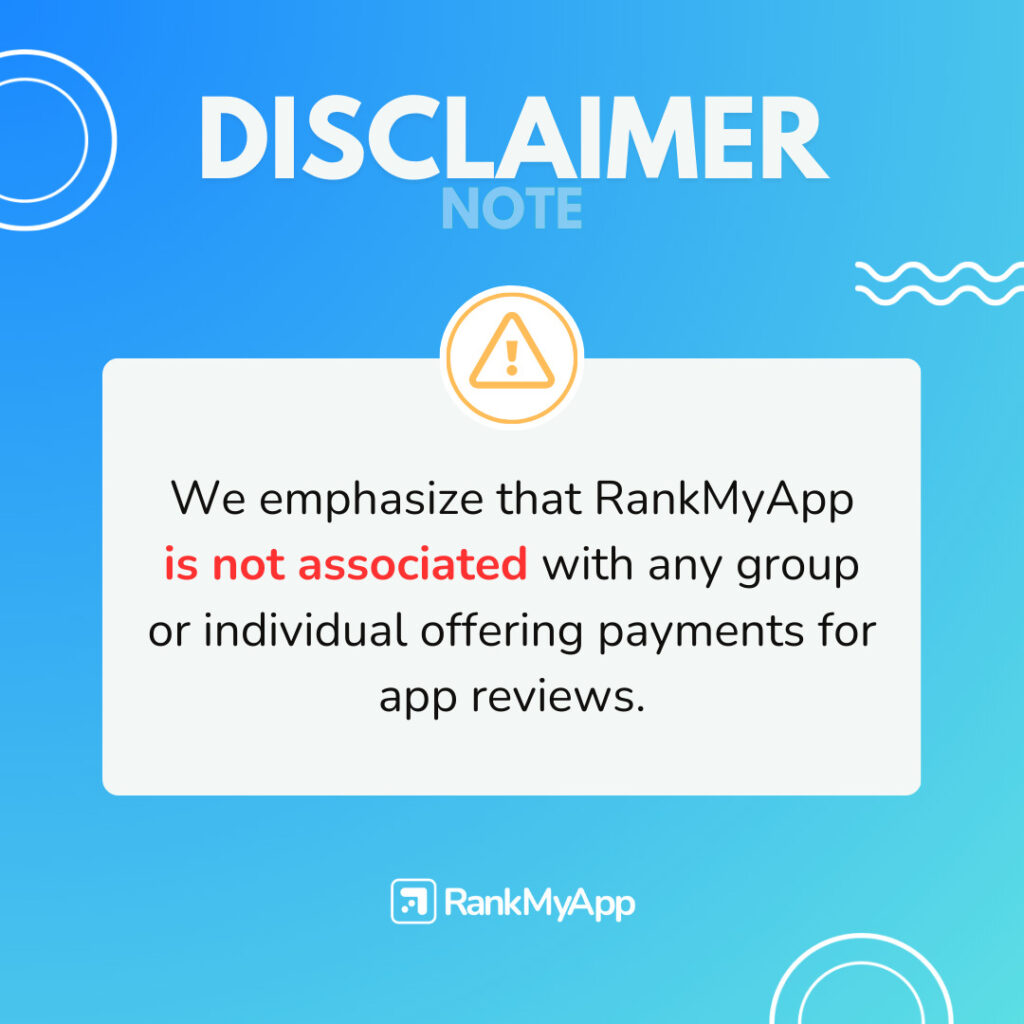How many times when you were watching TV and started using the phone when ads came because the content wasn’t interesting? It’s crazy but it can happens with apps too. That makes it imperative to invest in creative apps!
Some app developers defend the idea that creative marketing strategies don’t work with apps. On the other hand, we have a portion of people that think that this is essential to gain foothold in the market. Here are some pros and cons of the strategy:
What are creative apps?
Creative apps use creative strategies to attract users. The main goal of this is to innovate the concept of apps and try to attract new users and conversions showcasing how the app is different compared to others.
It’s very easy to be creative when we talk about apps, because developers have total liberty to create whatever they want. The best part of it is this: everything can be adapted to apps.
How to use creativity to improve app results?
A good marketing plan always has to focus on keeping the goal of the app front and center. It’s not good at all to put a lot of stuff in an app just in an effort to appear creative.
For example, a good creative strategy that doesn’t affects the app essence is doing ads in social media with a demo version of your app. Users will think that this is an opportunity to use your app without downloading it, to understand what you’re providing.
More than that, it will attract users who were just scrolling the timeline. When the demo version ends, probably if they like, they’ll go to the app stores and look for the app.
When use creativity is not recommended?
Something that leaves developers confused about their creative strategies is that maybe in apps some actions like this don’t work the same way they work on TV. Because users can use their smartphones whatever they want, TV is the only option to watch things.
Sometimes a “boring” marketing strategy without creative angles has more success. The work of ASO, for example, is very technical and for the most part needs a professional.
It includes A/B tests, all the process of optimization, analysis of the competition, working with ratings and reviews — specially the negative ones — and mainly discovering who is your target and what strategies could be done to affect them.
This may sound complicated but is essential for conversions, engagement and visibility.
Innovation sometimes can leave the business confused. Some marketing strategies become useless with so many actions happening at the same time and the app stop to pass the main message.
When this happens, innovation may not work. If you start to see that some creative strategies don’t work with your own app, it’s a signal to stop. The ideal is just invest on something that can be done well, and always thinking about your target.
What is the best strategy?
Actually, there is not best strategy. It depends on your kind of app, what you want to give to the users and who is your user. But it’s nice to know that it’s always a good idea to invest in traditional marketing strategies, because it never leaves the market.
The thing is, optimizing the app for success is almost a rule when we talk about mobile marketing. But, it’s valid to try and invest to creative strategies and test them. If it doesn’t work, go back to the classic!




